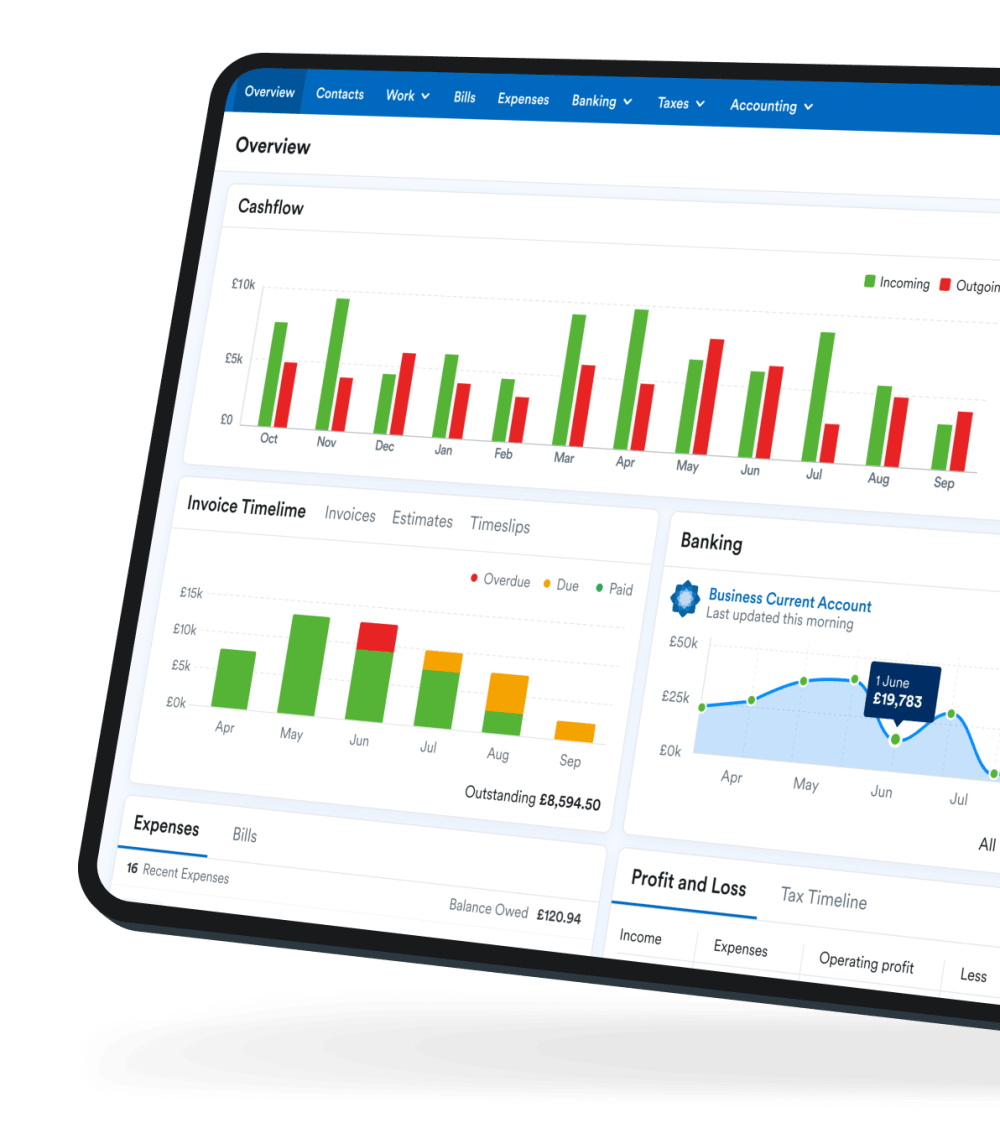Getting the VAT details right on your invoices

If your business is registered for VAT, there’s a lot of information that you need to include on your invoices. HMRC gives some details about these VAT requirements on its website, but there are also some key invoicing points that you might not have thought of.
In this guide, our Chief Accountant, Emily Coltman, explains what to look out for when including VAT information on your invoices and gives some tips to help you get them in order:
Charge the right rate of VAT
The rate of VAT you charge on your goods and services might be 20%, 5% or 0%, or they might be exempt from VAT altogether or even outside the scope of UK VAT.
Remember that this varies with the type of goods or services you sell, not with whether the customer is registered for VAT or not, unless you’re selling to customers outside the UK. To help you get the amount of VAT right once you have the correct rate, you can use our basic VAT calculator.
The VAT Flat Rate Scheme doesn’t change your invoices
You still have to charge the same VAT to your customers whether or not you are using the VAT Flat Rate Scheme (FRS). Don’t be confused into thinking that if you are on the VAT FRS you charge a different amount to your customers - because you don’t. What is different on this scheme is how much VAT you will pay over to HMRC. Find out if you’d be better off on the VAT FRS with our VAT FRS calculator.
Include your correct VAT number
You must put your business’s VAT number on the invoices you send out to customers, otherwise the invoices will not be valid VAT invoices, and your customers won’t be able to reclaim VAT on them. This will not only be bad news for their cashflow but could damage your relationship with them.
Don’t reuse invoice numbers
HMRC say that invoices must be numbered sequentially and that each invoice must have a unique reference number. So if you cancel or write off a VAT invoice, don’t reuse its number, because the cancelled or written-off invoice must remain in your records for HMRC to see in the event of a VAT inspection.
If you use FreeAgent for your invoicing, you’ll never need to worry about this, as each invoice will have a unique reference number.
Date the invoice correctly
A transaction takes place for VAT purposes at its tax point. This is usually the date of the invoice, but a tax point may be created if, for example, you send out goods before the date of the invoice, or you take payment in advance.
The tax point is important because that’s when you have to put the transaction on the VAT return.
The easiest way to make sure your transactions are appearing in your VAT returns at the correct point is to date the invoice the same date as the tax point.
Just remember to make sure that your VAT invoices comply with HMRC’s rules and that you’re charging the right amount of VAT!
Disclaimer:The content included in this guide is based on our understanding of tax law at the time of publication. It may be subject to change and may not be applicable to your circumstances, so should not be relied upon. You are responsible for complying with tax law and should seek independent advice if you require further information about the content included in this guide. If you don't have an accountant, take a look at our directory to find a FreeAgent Practice Partner based in your local area.
